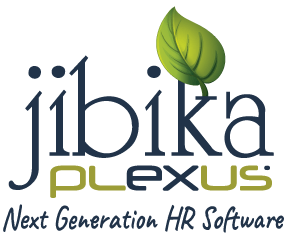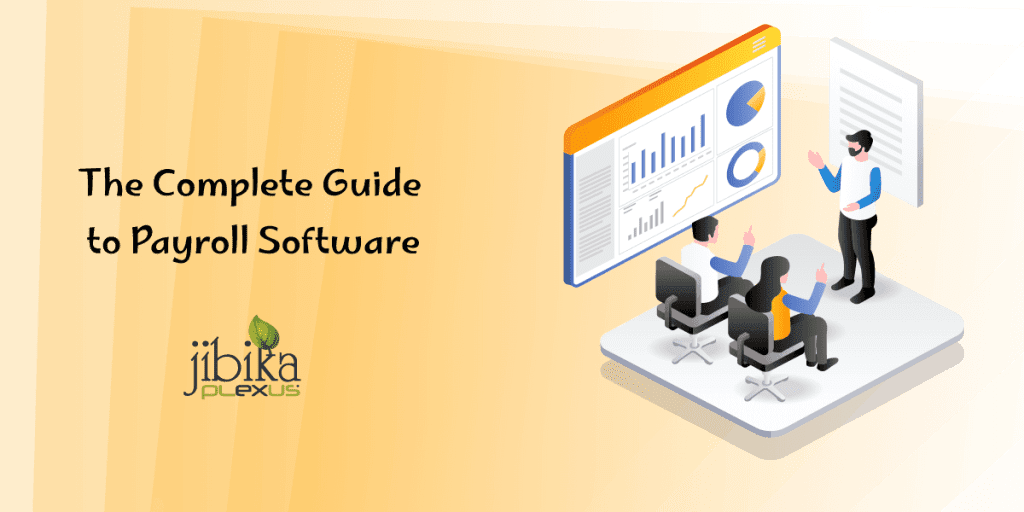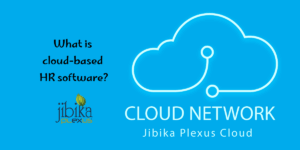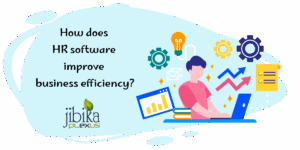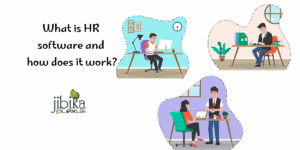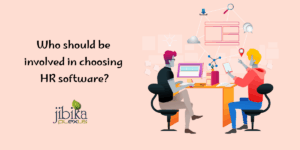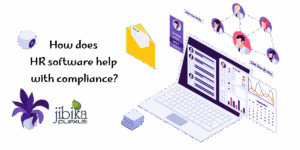Payroll software is the most flexible, cost-effective, and reliable way for business owners to automate payroll. Manual payroll management systems are very time-consuming, so many business owners prefer cloud-based payroll software. It optimizes automation in payroll management, from paying the employee to decreasing taxes.
In this article, you will get a complete guide to payroll software. Reading it, you will learn about the stages of payroll software, the features to consider, typology of the right payroll software for your business.
What is payroll software?
Payroll software is a digital tool that helps automate HR department processes such as employee payment management, tax management, benefits management, and deduction management. This tool helps calculate salaries, process payments, generate payslips, and ensure compliance with laws and tax regulations.
Payroll software streamlines integration with other business software, such as account or human resource programs, and plays a vital role in the human capital management system.
Payroll software executes several functions to simplify payroll management and business operations.
Here you go with the key functions of payroll software:
- Payroll software calculates employee payment based on working hours, performance, and deduction and ensures payment on time.
- In tax management, payroll performs very effectively. It calculates payroll taxes, generates tax forms, and maintains compliance with labor law and tax regulations.
- Payroll software helps process employee salaries through deposits, checks, or payroll cards. It also integrates with banks and financial institutions.
- This software optimizes benefits management like health insurance, retirement plan, and paid leave.
- It keeps records of working hours, overtime, and absences of the employee, integrating a biometric attendance system or time tracking software.
Complete guide to Payroll software: an Elaborate Discussion
In business management, payroll software plays a very significant role. To operate this software, you should have a complete guide to payroll software. Here, you will get a complete guide to payroll software including its stages, features, and types.
First, you will know the stages of processing payroll software.
Stage:1- Pre-Payroll activities
In this stage, before processing the payroll, you should establish clear payroll policies.
These policies should include:
- Payment structure(Monthly salary,allowances,deductions and benefits)
- Tax and compliance policies( based on government regulations for tax deductions and labor law)
After establishing the payroll policies, you should gather all data and inputs(employee salary, attendance, work time, or leave days) to coordinate with all departments and employees.
The next step is to verify all the input data. It should be connected to company rules, formats, and authorizations.
After verifying all the data, you should set up a schedule for payroll processing.
The final step is to know all necessary tax filing dates. You should be concerned about all the tax-filling dates and inform all the employees timely so that everything is finished before the deadline.
Stage:2- Run Payroll
This is the most important stage in payroll management. It depends on the company’s policies and payroll process. For example, if you want to automate your data calculation in payroll management, then you should integrate this system in the pre-payroll stage. As a result, you will have all of your calculations done automatically considering all the taxes, deductions, bonuses, etc.
Stage:3- Post Payroll
After the payroll gets processed, post-payroll activities deal with compliance, accurate record-keeping, and efficient financial operations. In this stage, you deal with payslip issues, generation, and review. You also work on payment and cash reports.
The most important part of this stage is to access and download bank reports and keep all kinds of payroll records.
What are the features of payroll software?
Payroll software streamlines the whole payroll management system through salary processing, and tax calculations, maintaining compliance with law and regulations and assuring efficiency and accuracy.
To operate payroll software, you should know the features of it. Such as:
Salary processing
Payroll software computes and calculates all kinds of payments, deductions, and bonuses. Handling overtime and commissions, it also optimizes support in multi-currency payroll for global businesses.
Tax calculations and compliance with law and regulations
Payroll software automatically calculates all kinds of taxes (local, state, and federal). Most importantly, it automates generating tax forms for employees and updates tax rates adhering to the law and regulations. In this way, it keeps the whole business process legal.
Direct deposit and Payment processing
Payroll software assists in transferring salaries through direct deposit, checks, or payroll cards. It also integrates banks and multiple pay schedules.
Benefits management
Payroll software ensures efficiency in health insurance, retirement plans, pension contributions, and other sorts of management.
Time and Integration management
Payroll software integrates with biometric time-tracking software. It also keeps track of overtime, leaves, paid time off, and absences.
Self-service portal
Payroll software integrates a self-service portal to allow employees to access tax documents, benefits, and other information.
Payroll reporting and analysis
Payroll software assists in payroll summaries reports, tax liabilities, and financial audits reports and reports does real-time analysis of those reports.
Types of payroll software
There are four types of payroll software in the payroll management system. Let’s know them in short.
Cloud-based payroll software: This is the most flexible software to use, you can automate and update it from anywhere.
On-premise software: This software is installed particularly on company servers. With this, you can get control over data.
Outsourced payroll services: This sort of payroll needs a third party to operate the payroll management system.
Industry-specific payroll software: You can customize this software according to your business needs.
So for efficient payroll management, you should select the right type of payroll software.
FAQ
1. How much does it cost to implement payroll software?
Ans: The cost of implementing payroll software depends on the business size. So it is not specific. But as your business expands, the cost will increase.
2. What is the most effective payroll software?
Ans: It is tough to mention any particular software. But based on the features and affordability, Jibikaplexus stands at the front line as the most effective cloud-based software to manage payroll systems.
3. What are the facts to consider in choosing payroll software?
Ans: Company size, cost, sustainability, customer support quality, and time effectiveness are the most important factors to consider in choosing payroll software.
3. Can payroll software handle multiple payment types?
Ans: Yes, many payroll software solutions, including Jibikaplexus, can handle multiple payment types. This includes direct deposits, checks, and even electronic payment methods.
Conclusion
Payroll software is crucial to ensure efficiency in the payroll management system. It optimizes salary processing, tax compliance, employee management, and other important tasks of business regardless of size. For choosing the right payroll software, you should have a complete guide to payroll software to get a detailed idea of the stages, features, and types of payroll software. This article has described all of these. So, read it with proper concentration.
